Of the 46 species of snakes native to Oklahoma, only seven are venomous to humans. If you learn to identify the seven venomous species, then you will recognize other Oklahoma snakes as not dangerous, even though you may not be able to identify the species.
All seven venomous species belong to the same family, Viperidae or pit vipers. Pit vipers are the only snakes that have a pit on each side of the head between and below the nostril and eye. The pits serve as stereoscopic heat-sensing organs that allow pit vipers to find and strike warm-blooded prey in total darkness. Pit vipers are the only Oklahoma snakes with retractable fangs in the tops of their mouths. The fangs are used to inject venom for killing prey and as a means of defense. Pit vipers have elliptical pupils like cats while Oklahoma nonvenomous snakes, except the Texas night snake, have round pupils like humans. A pit viper has a single row of scales on the bottom of its tail behind the anus while Oklahoma nonvenomous snakes, except the Texas long-nosed snake, have two rows of scales on the bottoms of their tails behind the anus. A pit viper has one row of teeth on each side in the upper mouth while many nonvenomous snakes have two rows on each side in their upper mouths. Heads of pit vipers are significantly wider than their necks while heads of most nonvenomous snakes are usually only slightly wider than their necks or are the same width as their necks. Pit vipers tend to have stocky bodies while most nonvenomous snakes tend to have relatively slender bodies.
Although these differences definitively separate pit vipers from nonvenomous Oklahoma snakes, a person might have to be an unsafe distance from a live snake to see many of these characteristics. The best way to safely identify an Oklahoma venomous snake from a distance is to simply learn the color patterns and general characteristics of the seven venomous species. This is not as difficult as it might seem because the seven venomous species can be further lumped into three types, rattlesnakes (five species), copperhead (one species) and cottonmouth (one species). If you learn to identify a rattlesnake, a copperhead and a cottonmouth, then you can quickly tell whether an Oklahoma snake is venomous or not.
As their name implies, rattlesnakes typically have rattles, but they may have only a button (first segment of a rattle) or a squared-off tail if they lose all their rattle segments, which is rare. Copperheads have alternating bands of darker and lighter copper, reddish-brown or pinkish colors. The western cottonmouth is more difficult to distinguish from nonvenomous water snakes because its color can vary somewhat; it can have bands or it can have a relatively consistent color. The cottonmouth is usually near water, but can be encountered away from water. Usually, the cottonmouth’s most dependable characteristic from a safe distance is a black streak or mark on the side of the head that runs from the eye to just past the corner of the mouth, which is visible from several feet away.
North Texas has the same venomous snakes as Oklahoma with one addition, the Texas coral snake, which also might be rarely found near the Red River in extreme southern Oklahoma. The coral snake is not a pit viper- it is a member of the cobra family, Elapidae. It is a relatively slender snake with black and red bands separated by yellow bands and a black nose. In similarly colored non-venomous snakes, the red and yellow bands are separated by black bands or they lack a black nose.
Learning to recognize and understand the venomous snakes might save you, a loved one or a pet from a lot of misery that could result from a close encounter of the bad kind. However, remember, snakes are native creatures, so even venomous species have a place in the big scheme of things.
Photos

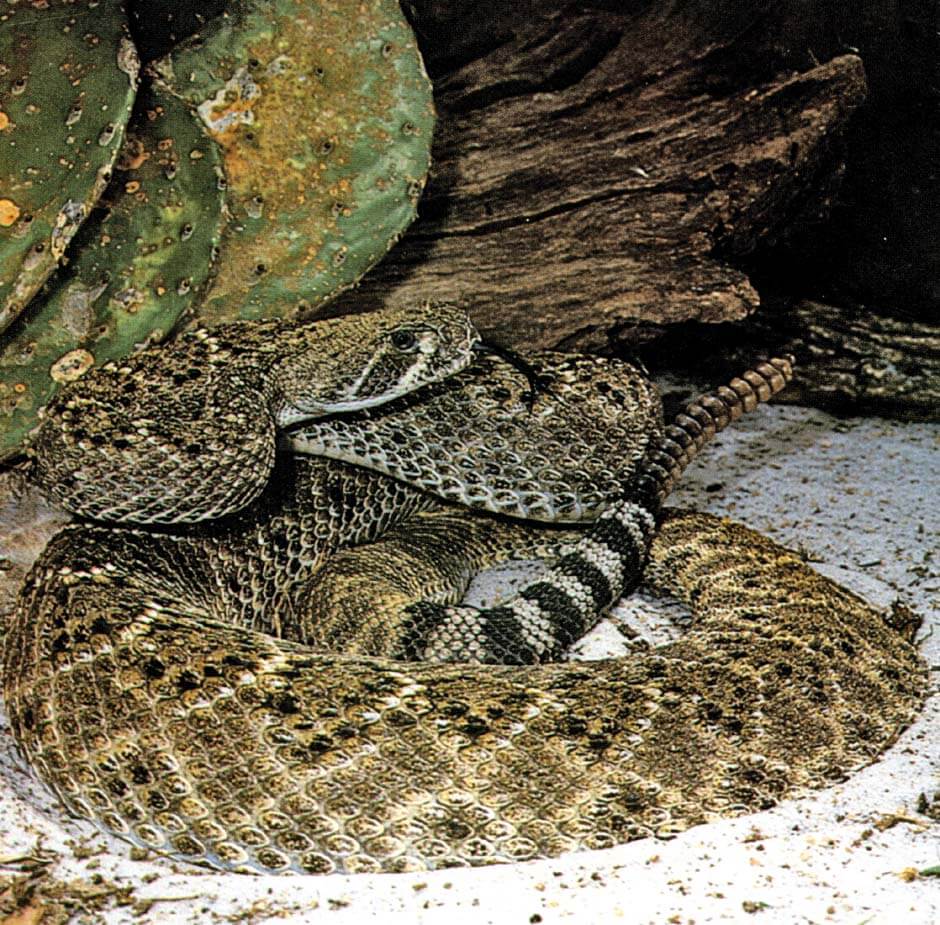
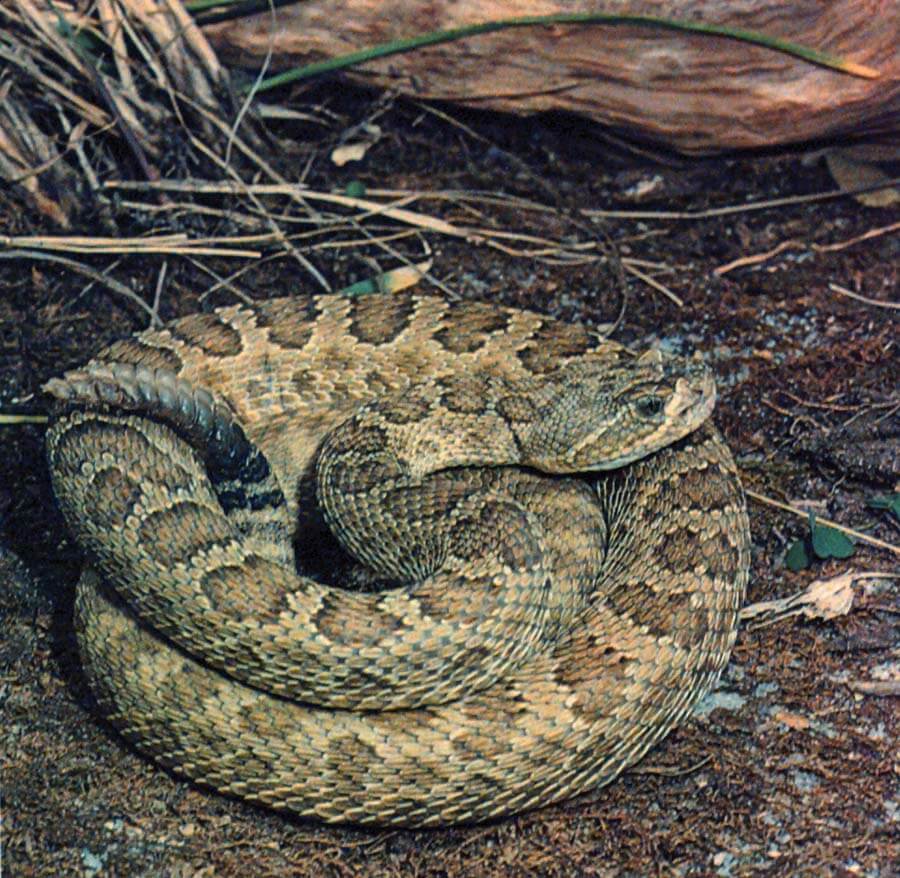
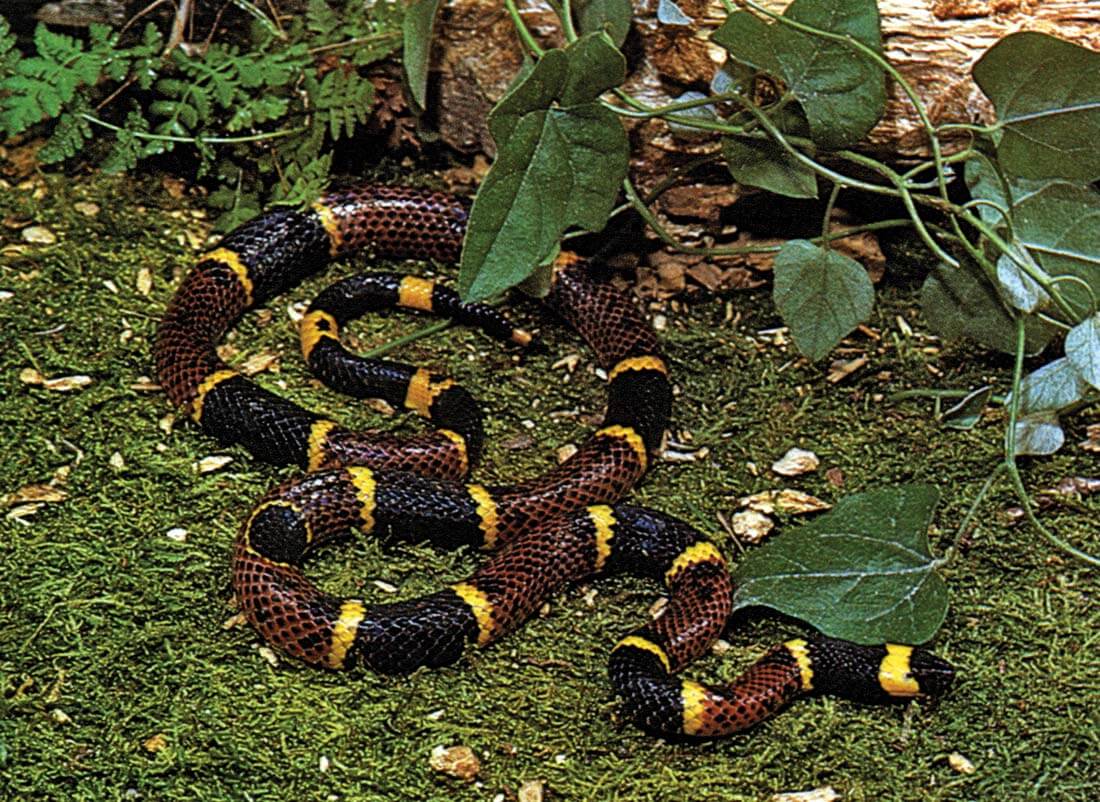
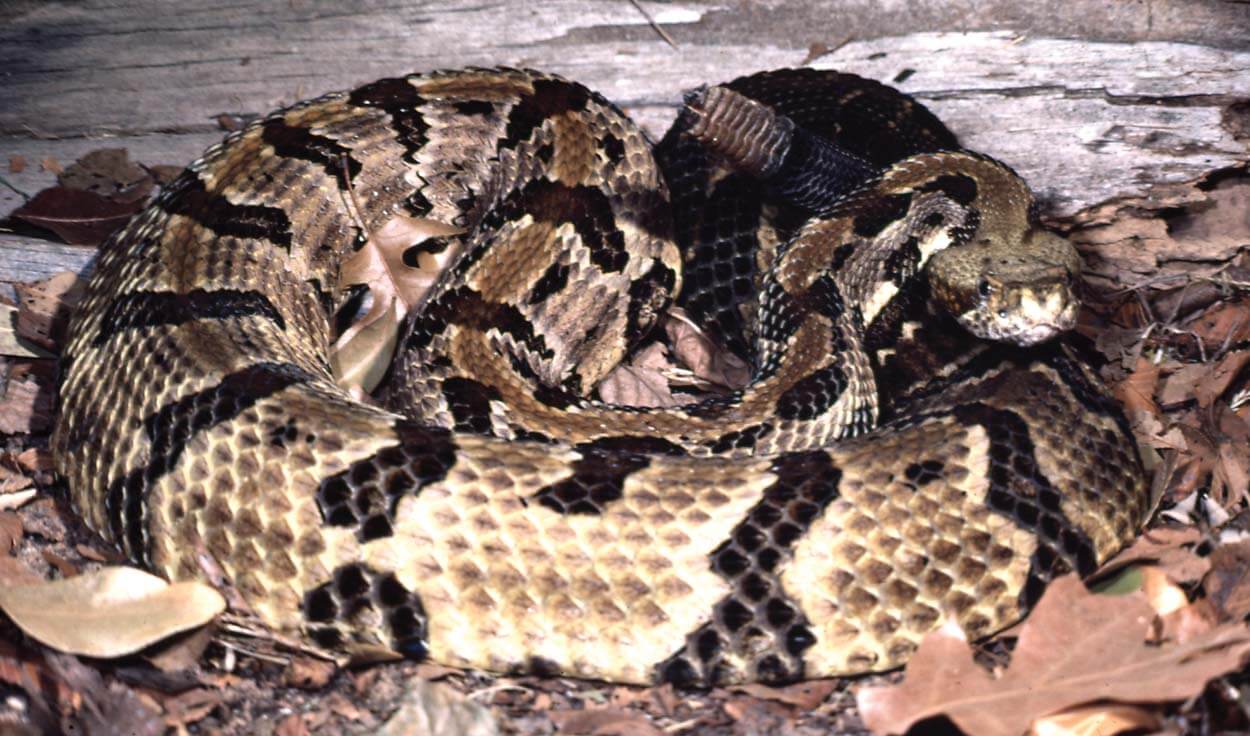
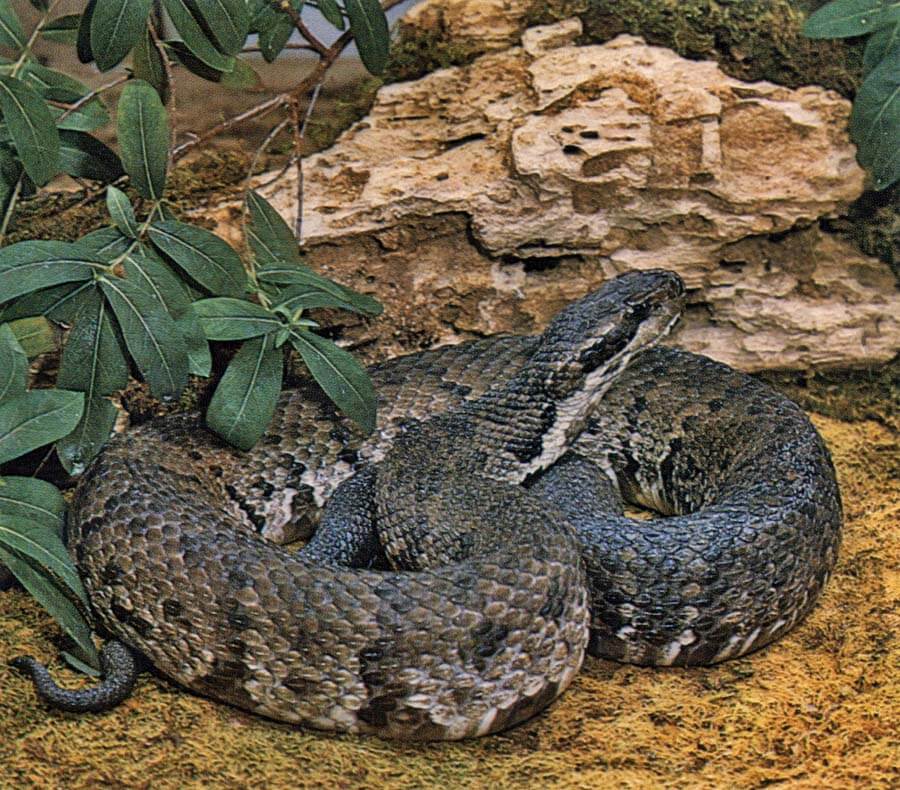
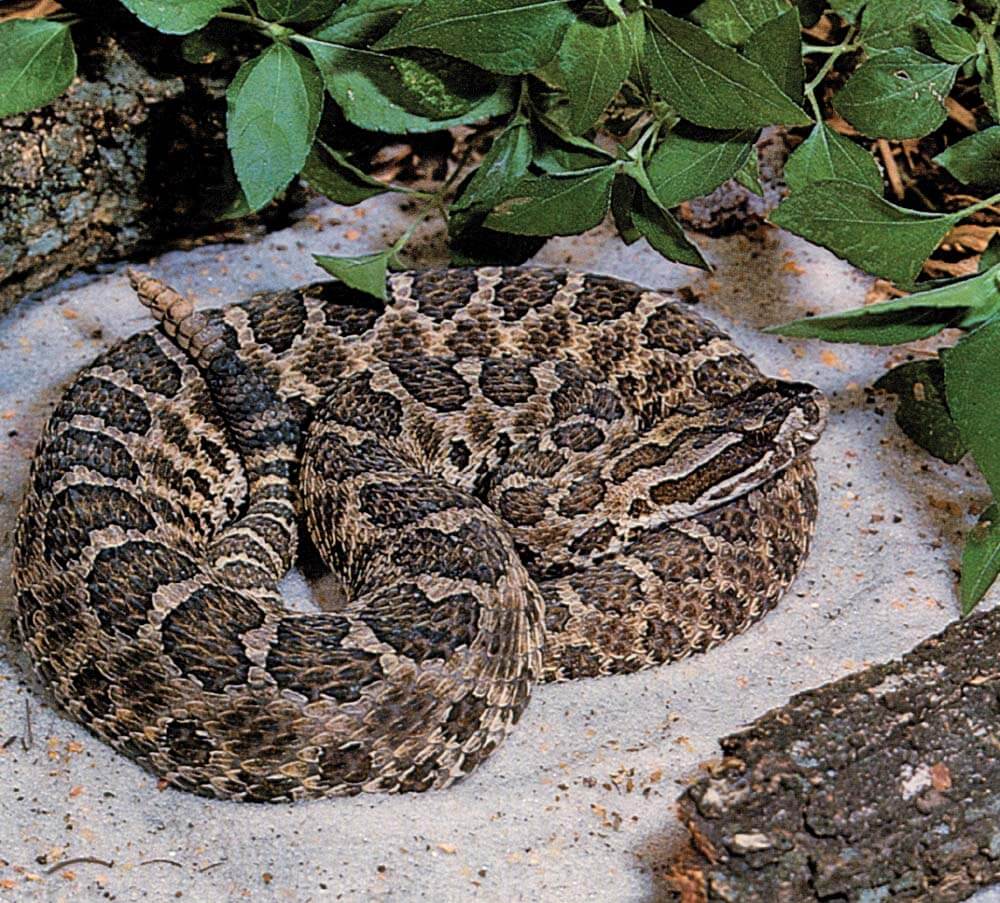
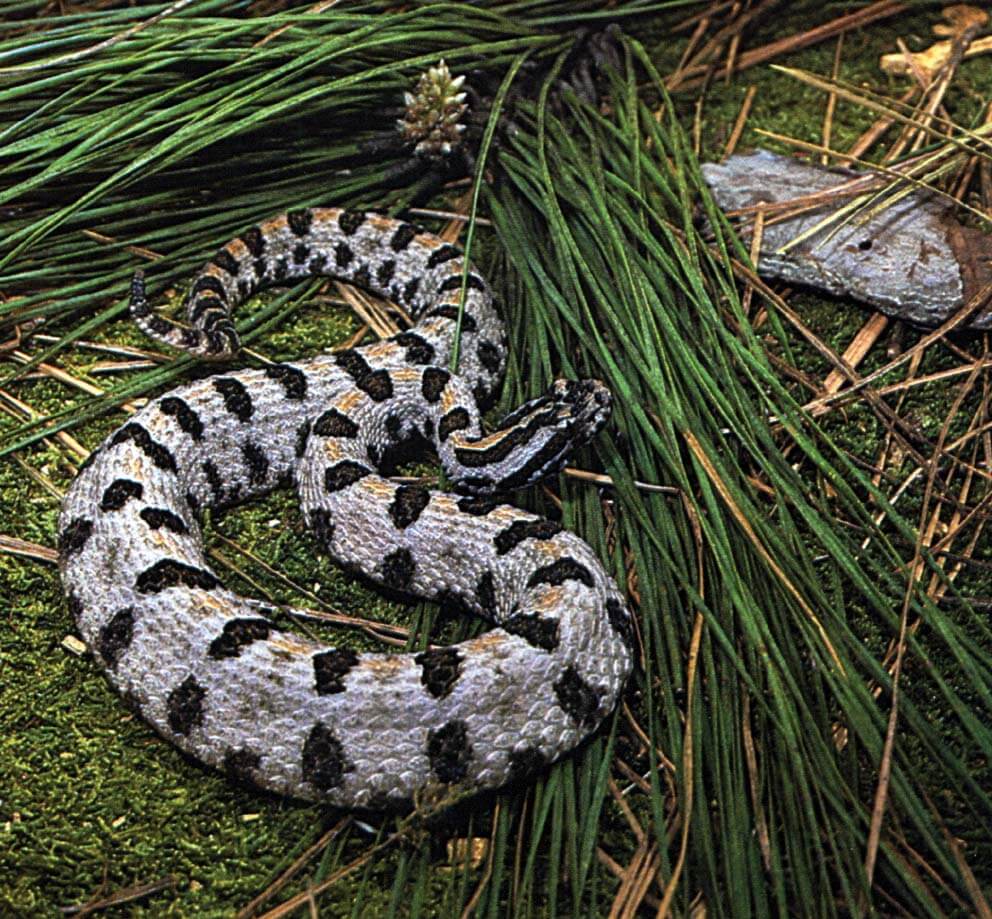



Comment